Welcome back! Last week, we talked about being low on Vitamin D. If you missed that blog and would like to catch up, click HERE.

Zits
This week, we are going to talk about zits. Who came up with that word? What does it mean? Are zits really an expected part of life, and if so, when oh when do they end?! Grab a cup of coffee and let’s chat…
We’ve all had that experience, right? Getting ready for the big date, the presentation in front of the board of directors, that job interview that really, really matters to us, and there it is on the end of the nose. The dreaded zit.
Star Trek To The Rescue!
We groan, then we set out to eliminate it. Oh, wouldn’t it be grand if we were on a set of Star Trek, specifically in the sickbay, where the good doctor could just wave a dermal regenerator over the offending spot, and away it would go?
Okay, Maybe Not
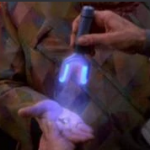
Welp, we can’t, and you know why? Spoiler alert: the Star Trek dermal regenerator was made out of an electric hairbrush. I know, I know, picture or it didn’t happen, right? Scan right:>>>>>>>>>>>>>>>>>>>>>>>>>>>>>>>>>>
Who Came Up With That Word, Anyway?!
Now that we have our feet firmly planted on earth and hopefully reality, let’s talk about zits, shall we? The word zit popped up in the ’60s (pun intended). There is no one person to credit the word to, according to my extensive research, unlike other popular ’60’s terms such as “far out” (credited to John Denver) and “bummer” which originates from the German bummler, meaning “loafer,” as in a lazy person.
Nobody wanted to take credit for the term zit. Hmmm…I wonder why?
Fuggedaboutit…why?
Because it’s a fake word, that’s why. It’s a non-word. A non-starter word. It defiles what we are really talking about here, which is acne. Also known as a simple little clogged and/or infected pore, and there, doesn’t that sound much better? It’s more civilized. More, shall we say, eloquent? It not only gets to the point, the word explains the point.
Full Stop. Don’t Do It
Since we don’t have dermal regenerators, we end up doing things that really shouldn’t be done. We cover it in toothpaste overnight. We poke it with a pin and then squeeze it to clear it of its whitehead (which is really pus from the infection). We put duct tape over it and try to suffocate it like it’s a mere wart. We besmirch the end of our nose in an attempt to do the impossible which is to rush the process which only results in damage to the skin in the form of scars or worsening the infection.
When the clogged pore becomes several clogged pores and washing your face doesn’t seem to deter the breakouts, it may be time to see a dermatologist. Sometimes, acne isn’t really acne at all.
It’s Not A Zit
The American Academy of Dermatology Association tells us that there are numerous conditions that can mimic acne, all of which have separate treatment plans.
“Keratosis pilaris
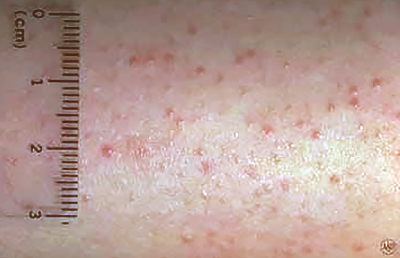
“Clues you’re not dealing with acne: Unlike pimples, these bumps feel rough and usually appear on dry skin. You’ll usually see them on your upper arms and on the front of your thighs. You may notice that family members also have these bumps.
“Treatable: These bumps are harmless, so you don’t need to treat them. If the itch, dryness, or appearance bothers you, treatment can help”.
Perioral dermatitis
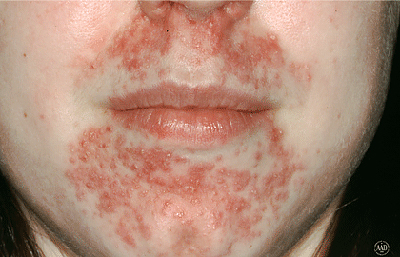
“Clues you’re not dealing with acne: You have a breakout that looks like many small pimples, but it develops only around the mouth. Sometimes, the breakout develops only around the eyes (periorbital dermatitis) or nose (perinasal dermatitis) instead of the mouth. The skin may burn or itch.
Treatable: Yes. Dermatologists recommend treatment. Without it, dermatitis may last for months or years”.
Hidradenitis suppurativa (HS)
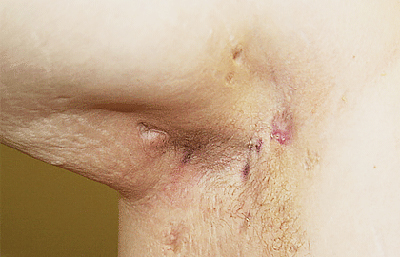
“Clues you’re not dealing with acne: You have pimple-like bumps or deep acne-like cysts in places where skin touches skin, such as the underarm, groin, buttocks, or upper thighs. Women can also get these underneath their breasts.
“Treatable: Yes. Treatment is important because it can prevent HS from worsening. If HS worsens, the acne-like eruptions can grow deep into the skin and become painful. They can rupture, leaking bloodstained pus onto your clothing. This fluid often has a foul odor.
As the deep bumps heal, scars can form. With repeat outbreaks, the skin often begins to look spongy as tunnel-like tracts form deep in the skin”.
In The End
If you’ve tried keeping your skin clean, and have used some over-the-counter acne medications from the store, but still have some breakouts, seek out help. If it truly is acne, there may not be a dermal regenerator you can use (yet), but there really are many, many treatments out there to help with not only the acne itself but any scarring that has already taken place.
Whether you have acne on your face, back, or full-body, give yourself a break. Let a professional help you find the answers you are looking for. You may just need a good run of antibiotics to get on the road to healthy skin!
Ahead Of The Appointment
Prepare for the appointment with your dermatologist. You’ll want to be able to answer the following questions on your intake paperwork, as some of the medications they may prescribe for stubborn acne can have unwanted side effects and may not mix with medications you take or conditions you are currently experiencing.
- Medical conditions you have (or had), including high blood pressure, heart disease, blood clots, migraines, or cancer
- Medications you take
- Supplements and other natural products you take
- Surgeries you’ve had
- Medical conditions of close blood relatives, including cancer, kidney disease, or heart disease
Choose Your Words Carefully
There you have it, Dear Readers. Now, remember, no picky the icky…and try to refrain from calling them zits…clogged pore is so much more accurate and hey, even the person who coined the word zit won’t admit it, so let’s get rid of that word, shall we?
Have a fantastic week, and we will meet here again next Wednesday to share another Cup of Coffee.
Editors note: This blog is not a replacement for sound medical advice, and many diseases, disorders, and syndromes have symptoms that overlap. Only a qualified medical professional can diagnose you. That said, if you think this blog may be helpful to others, please hit the Facebook Icon and share it on your personal pages. Thank you for reading us, we really do appreciate you!
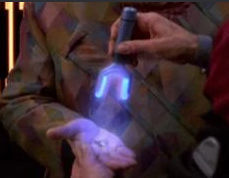
That’s a great point. I think the bulk of basic dermatology in many areas is handled by primary care physicians. We also have dermatology practices using board certified family medicine physicians that provide excellent care.
Don’t forget that family physicians, internal medicine physicians, and pediatricians are your first line in evaluating and treating skin disorders. They can help decide if you need to see a dermatologist.